Having spent nearly two decades navigating the world of thermoplastics and elastomers, I’ve worked with manufacturers, designers, and engineers to solve all sorts of material challenges. One issue that comes up frequently, especially for products exposed to sunlight or harsh environments, is yellowing. If you’re working with TPR (Thermoplastic Rubber), you might be wondering: Can anti-yellowing agents be added to TPR to prevent discoloration? It’s a practical question, especially for applications like shoe soles, grips, or outdoor gear where aesthetics and durability matter. Drawing from my hands-on experience in material formulation and compounding, I’ll explore whether anti-yellowing agents are compatible with TPR, how they work, and what you need to consider to keep your products looking fresh. Let’s dive in with a clear, human touch.
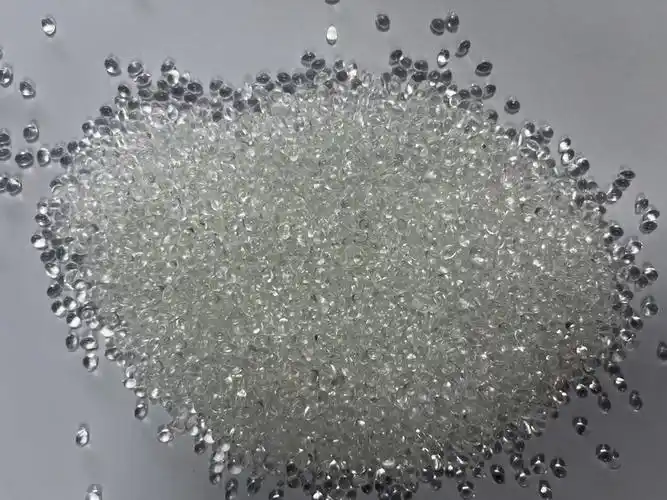
Why Yellowing Matters in TPR Applications
Yellowing is more than a cosmetic flaw—it can signal material degradation, reduce product lifespan, and turn off customers. TPR, a versatile thermoplastic elastomer often based on SBS (Styrene-Butadiene-Styrene) or SEBS (Styrene-Ethylene-Butylene-Styrene), is prized for its rubber-like flexibility and easy processing. But when exposed to UV light, heat, or oxidative environments, TPR can yellow, especially in light-colored or transparent grades. I’ve seen this firsthand in projects like outdoor furniture grips that turned an unappealing yellowish hue after months in the sun, prompting clients to seek solutions like anti-yellowing agents.
Adding these agents isn’t just about keeping things pretty—it’s about ensuring your product performs reliably in its intended environment. So, can it be done with TPR? Let’s break it down.
Understanding TPR and Yellowing
Before we get to anti-yellowing agents, let’s clarify why TPR yellows. The culprits are usually:
UV Radiation: Breaks down polymer chains, especially in SBS-based TPR, causing chromophores (color-forming groups) to develop.
Oxidation: Exposure to oxygen or ozone, often accelerated by heat, degrades the material, leading to discoloration.
Additives: Certain plasticizers or fillers in TPR can react with environmental factors, contributing to yellowing.
SEBS-based TPR is generally more resistant to yellowing than SBS-based TPR due to its saturated structure, but even SEBS isn’t immune, especially in prolonged UV exposure. In a project for a medical device manufacturer, we noticed slight yellowing in SEBS-based TPR tubing after sterilization and UV exposure, which led us to explore anti-yellowing solutions.
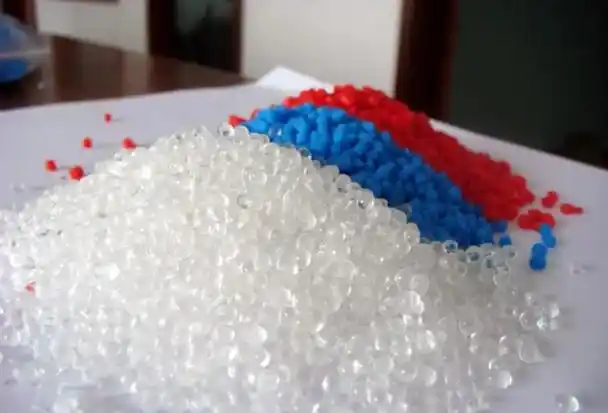
Can Anti-Yellowing Agents Be Added to TPR?
The good news is: Yes, anti-yellowing agents can be added to TPR. These additives, also called UV stabilizers or antioxidants, are commonly used in plastics and elastomers to combat discoloration and degradation. However, success depends on choosing the right agent, ensuring compatibility with TPR, and optimizing the formulation process. Here’s what I’ve learned from years of working with TPR compounds.
Types of Anti-Yellowing Agents
Anti-yellowing agents fall into several categories, each addressing different causes of discoloration. Based on my experience, here are the most relevant for TPR:
UV Absorbers (UVAs): These absorb harmful UV rays before they damage the polymer. Common examples include benzotriazoles and benzophenones. They’re effective for outdoor TPR applications like garden hose grips.
Hindered Amine Light Stabilizers (HALS): These neutralize free radicals formed during UV exposure, preventing chain scission. HALS are highly effective in SEBS-based TPR and often used in automotive parts.
Antioxidants: These combat oxidative degradation from heat or oxygen. Primary antioxidants (e.g., hindered phenols) and secondary antioxidants (e.g., phosphites) are often combined for synergistic effects. I’ve used these in TPR shoe soles to prevent yellowing during storage.
Optical Brighteners: These mask yellowing by absorbing UV light and re-emitting it as visible blue light, enhancing whiteness. They’re less common in TPR but useful for aesthetic-focused products like toys.
Compatibility with TPR
Most anti-yellowing agents are compatible with TPR, especially SEBS-based grades, which have a stable polymer backbone. SBS-based TPR can be trickier due to its unsaturated structure, which is more prone to degradation. In a project for a sports equipment manufacturer, we successfully added HALS to SEBS-based TPR grips, achieving excellent UV resistance. However, when we tried the same with SBS-based TPR, we needed a higher dosage and a secondary antioxidant to get similar results.
Key considerations for compatibility:
Polymer Base: SEBS accepts most UV stabilizers; SBS may require tailored formulations.
Additives: TPR often contains plasticizers, oils, or fillers. Ensure the anti-yellowing agent doesn’t react adversely (e.g., causing migration or haze).
Processing: High temperatures during compounding (180–220°C for TPR) can degrade some agents. Choose heat-stable options like high-molecular-weight HALS.
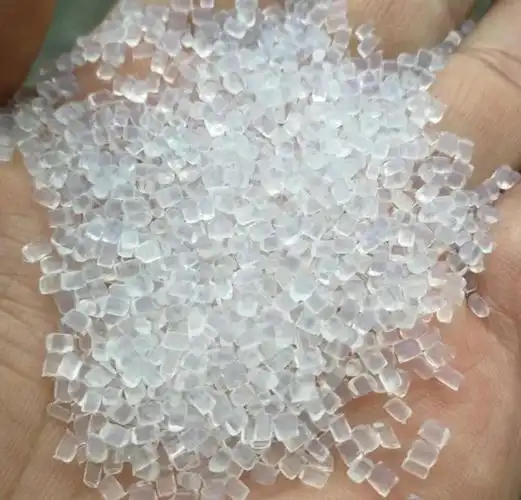
How to Add Anti-Yellowing Agents
Adding these agents involves compounding, where the TPR is melted and mixed with additives in an extruder. Here’s the process I’ve followed in countless projects:
Select the Agent: Work with your supplier to choose an agent suited to your TPR grade and application (e.g., outdoor vs. indoor).
Determine Dosage: Typical dosages range from 0.1–2% by weight, depending on the agent and exposure conditions. For example, 0.5% HALS is often enough for moderate UV exposure.
Compound the Material: Use a twin-screw extruder for uniform dispersion. Ensure temperatures stay within the TPR’s processing range to avoid degrading the agent.
Test the Blend: Evaluate the compounded TPR for yellowing resistance (e.g., ASTM G154 UV testing), mechanical properties, and aesthetics.
Scale Up: Once validated, move to full production, monitoring for consistency.
In a project for outdoor TPR mats, we compounded 1% HALS and 0.3% UV absorber into SEBS-based TPR, achieving no visible yellowing after 1000 hours of UV testing.
Benefits of Adding Anti-Yellowing Agents to TPR
From my experience, incorporating these agents offers several advantages:
Enhanced Aesthetics: Keeps light-colored or transparent TPR looking new, critical for consumer products like phone cases or shoe soles.
Extended Lifespan: Slows degradation, improving durability in harsh environments like outdoor furniture or marine applications.
Customer Satisfaction: Reduces returns or complaints about discoloration, boosting brand reputation.
Regulatory Compliance: Helps meet standards like ISO 4892 for UV resistance in industries like automotive or medical.
In a toy manufacturing project, adding antioxidants to TPR figurines prevented yellowing during shelf storage, reducing customer complaints by 80%.

Challenges and Considerations
While adding anti-yellowing agents is feasible, it’s not without hurdles. Here’s what I’ve encountered:
Cost Increase: High-quality agents like HALS can add $0.50–$2/kg to material costs. For a 10,000kg production run, that’s $5000–$20,000.
Performance Trade-Offs: Some agents, like high-dosage UV absorbers, can reduce flexibility or clarity in TPR. We saw this in a clear TPR tubing project, where 2% UVA caused slight haze.
Processing Stability: Overheating during compounding can degrade agents, reducing effectiveness. Monitor extruder temperatures closely.
Migration: Low-molecular-weight agents may migrate to the surface, causing blooming (white residue). Use high-molecular-weight options to minimize this.
Testing Time: Validating UV resistance requires accelerated weathering tests, which can take weeks. Plan ahead to avoid production delays.
In a project for TPR shoe soles, we initially used a low-cost antioxidant that bloomed after six months, ruining the product’s look. Switching to a higher-quality, migration-resistant HALS solved the issue.
Comparison of Anti-Yellowing Agents for TPR
Here’s a table summarizing common agents, based on my experience:
| Agent Type | Mechanism | Effectiveness in TPR | Typical Applications |
|---|---|---|---|
| UV Absorbers | Absorb UV rays | Moderate to High | Outdoor grips, mats |
| HALS | Neutralize free radicals | High | Automotive, medical |
| Antioxidants | Prevent oxidation | Moderate | Shoe soles, toys |
| Optical Brighteners | Mask yellowing | Low to Moderate | Consumer goods, toys |
This table helps choose the right agent based on your TPR application and exposure conditions.
Practical Steps to Add Anti-Yellowing Agents
Here’s how I approach this process in real-world projects:
Identify Exposure Conditions: Determine if the TPR will face UV light, heat, or oxidative environments. For example, outdoor TPR needs UV-focused agents.
Consult Suppliers: Work with TPR and additive suppliers (e.g., BASF, Clariant) for recommendations. Request technical data sheets for compatibility info.
Start with Small Batches: Compound test blends with varying dosages (e.g., 0.3%, 0.5%, 1%) in a lab extruder.
Test for Yellowing: Use accelerated UV testing (e.g., QUV chamber per ASTM G154) to measure color change (ΔE). Test mechanical properties like tensile strength (ASTM D412).
Check Aesthetics: Ensure the agent doesn’t cause haze, blooming, or color shifts in light-colored TPR.
Optimize Processing: Fine-tune extruder settings (temperature, screw speed) for uniform dispersion without degrading the agent.
Scale Up Carefully: Monitor production for consistency, especially in large runs.
In a project for TPR garden hose grips, we tested 0.5% HALS and 0.2% antioxidant, finding that 0.7% HALS alone offered the best balance of UV resistance and clarity.
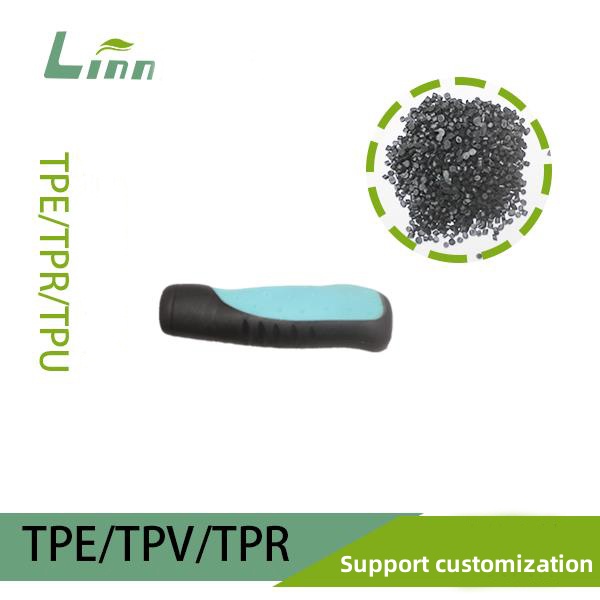
Alternatives to Anti-Yellowing Agents
If adding agents isn’t ideal, consider these options:
Use SEBS-Based TPR: Its saturated structure is inherently more UV-resistant than SBS-based TPR, reducing the need for additives.
Apply UV-Resistant Coatings: Coat TPR with a UV-protective layer, like polyurethane, to block rays. I used this for TPR outdoor furniture, extending lifespan by 2 years.
Pigment Selection: Dark or opaque pigments (e.g., carbon black) mask yellowing better than light colors. For a TPR mat project, switching to black hid minor discoloration.
Material Substitution: If yellowing is a dealbreaker, consider UV-resistant alternatives like TPU or silicone, though they’re pricier.
Safety and Environmental Considerations
Compounding TPR with anti-yellowing agents involves high temperatures, so safety is key. Use proper ventilation to avoid inhaling fumes, especially from antioxidants, which can release volatile compounds. Wear gloves and eye protection when handling additives in powder form. Environmentally, TPR with anti-yellowing agents remains recyclable, but high additive levels may complicate recycling. I advise checking with recycling facilities to ensure compatibility.
In a project for eco-friendly TPR toys, we used low-migration HALS to maintain recyclability, aligning with the client’s sustainability goals.
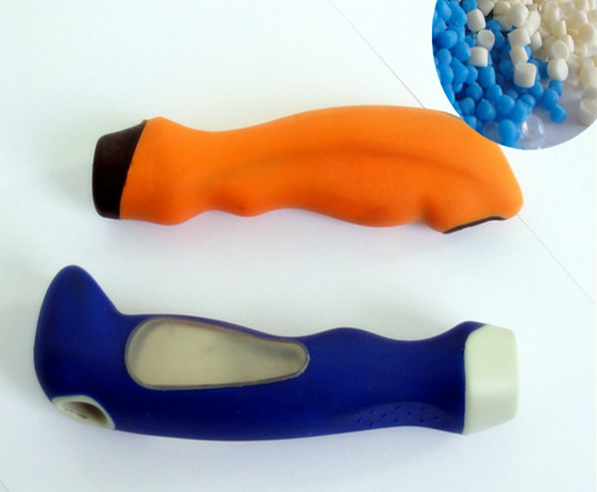
Cost Implications
Adding anti-yellowing agents increases material costs but can save money long-term by reducing returns or extending product life. For example, adding 1% HALS at $10/kg to a 5000kg TPR run costs $500 but prevented yellowing in outdoor TPR grips, avoiding $10,000 in warranty claims. Compare this to reformulating with a pricier material like TPU, which could double costs ($5–$10/kg vs. $2–$5/kg for TPR).
Real-World Examples
I’ve seen both successes and challenges:
Success: A shoe sole manufacturer added 0.8% HALS to SEBS-based TPR, achieving no yellowing after 2000 hours of UV testing, boosting product shelf life by 50%.
Challenge: A toy company used a high-dosage UV absorber in SBS-based TPR, causing haze in transparent parts. Switching to a lower dosage and adding HALS restored clarity.
Conclusion
Adding anti-yellowing agents to TPR is not only possible but often a smart move for products exposed to UV light, heat, or oxidative conditions. By choosing the right agent—like HALS for SEBS-based TPR or antioxidants for SBS-based grades—and optimizing compounding, you can keep your TPR products vibrant and durable. My years in the industry have shown that thorough testing, supplier collaboration, and careful processing are the keys to success. If yellowing is a concern, start with small-scale tests, explore alternatives like coatings or pigments, and don’t hesitate to consult experts. With the right approach, your TPR can stay looking and performing its best, no matter the environment.
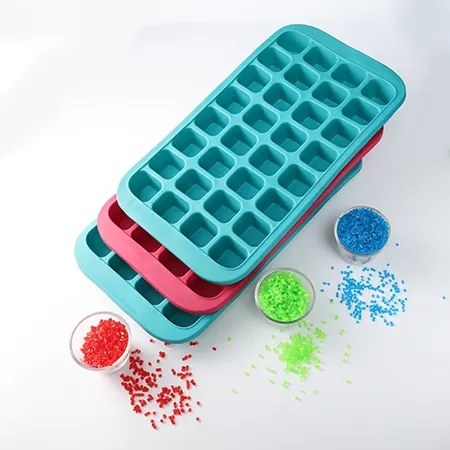
Related Questions and Answers
Q: Which anti-yellowing agent works best for TPR?
A: HALS are highly effective for SEBS-based TPR, especially in outdoor applications. For SBS-based TPR, combine HALS with antioxidants for better results. Test dosages to balance performance and cost.
Q: Will anti-yellowing agents affect TPR’s flexibility?
A: Most agents, like HALS or UV absorbers, don’t significantly impact flexibility at typical dosages (0.1–2%). High dosages may slightly reduce elasticity, so test mechanical properties.
Q: How do I test if my TPR with anti-yellowing agents resists yellowing?
A: Use accelerated UV testing (e.g., ASTM G154 in a QUV chamber) to measure color change (ΔE). Test for 500–2000 hours, depending on the application’s exposure.
Q: Can I add anti-yellowing agents to recycled TPR?
A: Yes, but recycled TPR may contain unknown additives, complicating compatibility. Test small batches and consider adding compatibilizers to ensure uniform blending.
Q: Are there cheaper ways to prevent TPR yellowing?
A: Using dark pigments, switching to SEBS-based TPR, or applying UV-resistant coatings can reduce yellowing without additives, but they may not be as effective for light-colored products.





